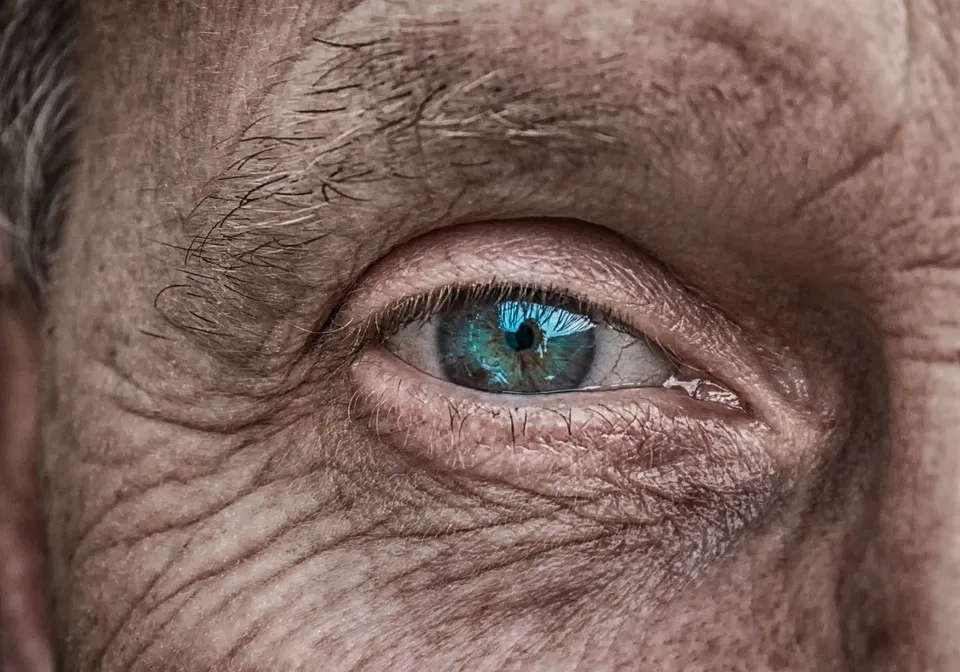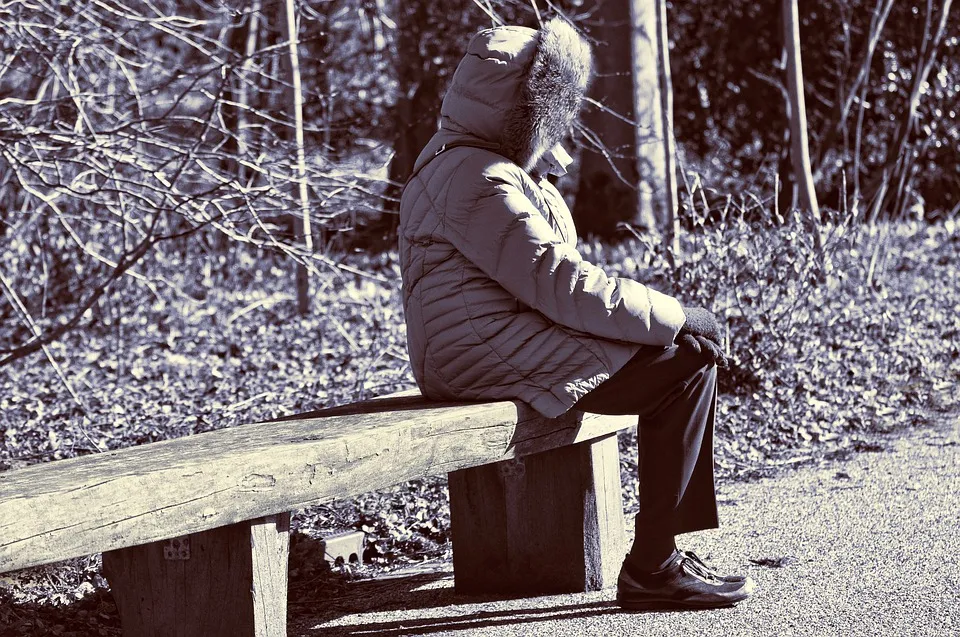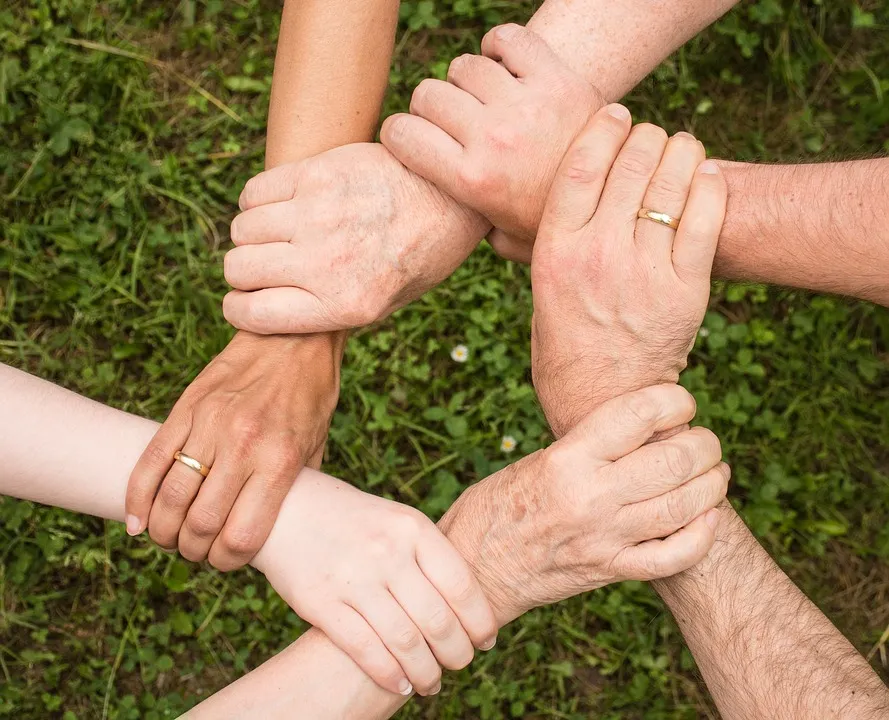Segregation is often thought of in relation to race, religion, and other factors. But lost in the mix is age segregation

The other day I was at the gym and went to the sauna for my usual post-workout sweat. The only other person present upon entering was an older gentleman, who immediately struck up a conversation with me. Initially, I was a bit perturbed, as I had headphones on and was listening to music, but I ended up really enjoying my conversation with him. This situation made me realize how little I connect with the older generation.
My interactions with people in their 60's and older is typically limited to family members at gatherings, a coworker, or a random stranger, such as the one mentioned earlier. Attending the gym more frequently in recent months has increased my exposure to this population, something that has made me aware of the disconnect that exists between young and old.
People tend to spend most of their time with those in their same age group. This is true for both young and old, as there is a serious lack of context for genuine interaction to occur
This is a serious problem

My internship in college took place at a Commission on Aging where I helped oversee the Foster grandparent senior companion program. This program was started by President Lyndon B. Johnson as a way to provide meaning for these elderly individuals, as well as provide them a small stipend to supplement their retirement income.
As a child, I remember having a foster grandparent in the classroom and recall the calming effect that it had on me as a child. Children can be rambunctious and often heighten the anxiety for one another, but the presence of a 'grandparent' can provide a balancing effect for younger individuals.
It is a tragedy to have the young separated from the old, as both groups lose valuable perspective

Western culture trains individuals to be afraid of age, to run from it, avoid it, and pretend that we aren't getting older. This can be seen in our thirst for youth, much of which is centered around superficial anti-aging treatments and a desire to appear young.
We cut ourselves off from older individuals because we don't want to face the fact that we will one day become them. As a result, we lose the ability to learn from these senior citizens. It's easy to believe we don't need the perspective these folks can provide, as we can google our way to a full understanding of what life is about.
The division that exists between age groups is a difficult gap to bridge, perhaps as much as any racial barrier for the fact that old age represents one of our greatest fears: death. Older individuals can be uncomfortable reminders of our own mortality, something we'd rather not face.
Creating new contexts for intermingling between age groups

The solution to age segregation is not a simple one, and the approach to solving this issue must be multi-faceted. Much like many problems in our world, I believe the answer must be rooted at an individual level. We must start to value those who have a broader and longer perspective in life, who have lived through time periods we've only witnessed second hand through our media.
We must find ways, however small or seemingly insignificant, to bridge the age gap, to provide a new context for this conversation to occur. The great millenial/baby boomer feud that is taking place is due in large part to the fact that communication between age groups is almost non-existent.
A cultural shift won't happen overnight, but any steps towards desegregating our ageist society will be a benefit for all.
All uncredited pictures from pixabay.com or my personal account
If you received value from this post, I would gratefully appreciate your upvote
My Latest Posts
- What You Avoid Facing May be the Thing You Need the Most
- Envy: Perhaps the Worst Emotion
- Letting Go of Anger
- Romanticizing the Country Life as a City Boy
- Order Out of Chaos: Applying this Occult Principle